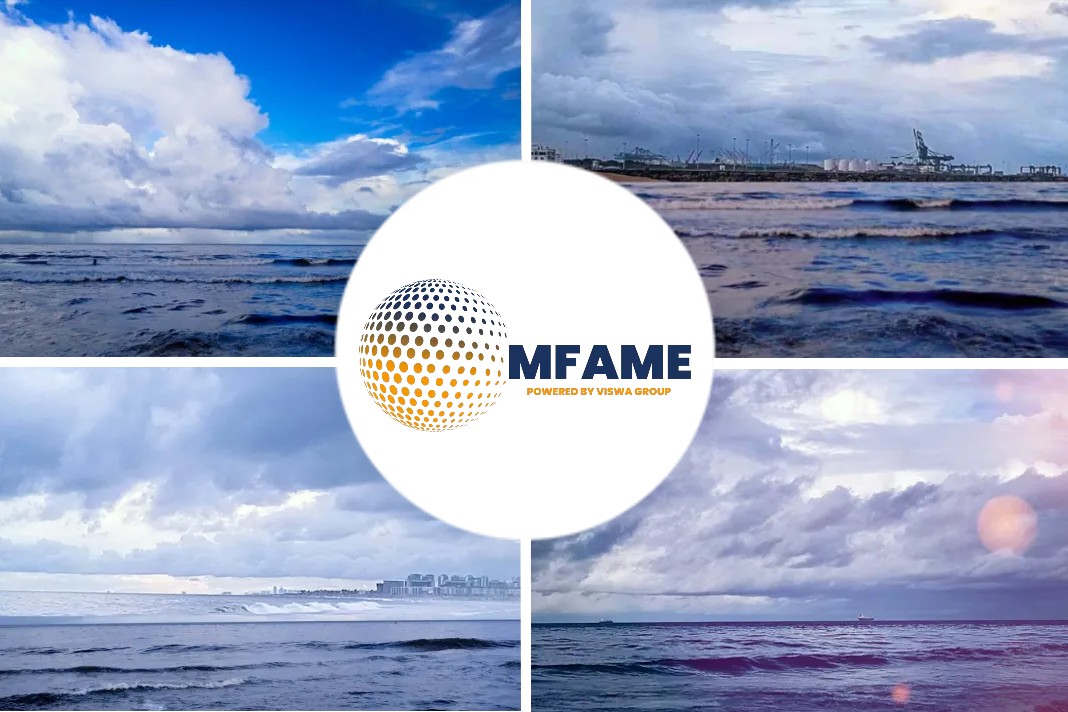BHP, the biggest listed miner, aims to decide early next year who has won a tender for LNG-fueled transport to ship up to 27 million tonnes, or about 10%, of its iron ore to cut emissions by around a quarter, reports Reuters.
Miners under pressure
Miners are under pressure to become less polluting as society worries about the environment.
Investors increasingly regard a compelling sustainability strategy as an indication that a company is well-run.
Being a responsible producer
BHP says it has a responsibility to address emissions, as the biggest producer of coking coal and a major shipper of iron ore.
Both minerals generate huge amounts of carbon dioxide and other emissions as they are shipped around the world and then used to make steel.
“Decarbonisation is an absolutely paramount debate,” said Rashpal Bhatti, BHP’s vice president for maritime and supply chain excellence. “As the largest bulk shipper in the world, we feel a distinct sense of responsibility.”
Shift from conventional marine fuel
In July, BHP decided a tender was the best way to assess the available expertise on engineering, tanks and refuelling in its quest to shift from conventional marine fuel.
Bhatti said BHP was considering 17 detailed submissions, from established companies to start-ups, and hoped to award the tender in the first quarter of next year.
- Switching to liquefied natural gas (LNG) could cut carbon emissions by around 25%,
- as well as eliminating NOx (nitrogen oxide), SOx (sulphur oxide) and
- some of the particulate matter associated with conventional shipping fuel.
Economic LNG-fueled vessel
Bhatti said he could not be specific on the budget, but believed an LNG-fueled vessel could be economic, with costs “on a par with or better than a conventional-fuel vessel”.
The cost of a Capesize vessel, the largest dry cargo ship, was around $55 million (£43 million) to $75 million annually, he said.
Some criticise the use of gas because it is not carbon-free, but BHP says it is realistic in the near term.
Hydrogen a low-carbon fuel
LNG-fueled tankers could be carrying iron ore by late 2021, Bhatti said, and in time, the tanks under consideration might also be suitable for hydrogen, which is getting attention as a possible low-carbon fuel.
IMO sulphur emission cut
New standards set by the United Nations’ International Maritime Organization (IMO), known as IMO 2020, take effect next year to cut sulphur emissions.
The IMO has set a goal to halve climate-warming emissions from shipping by 2050 compared with 2008 levels.
BHP stands apart from many miners by having a target to become net zero by 2050, in line with overall U.N. carbon-cutting goals.
Did you subscribe to our daily newsletter?
It’s Free! Click here to Subscribe!
Source: Reuters






















